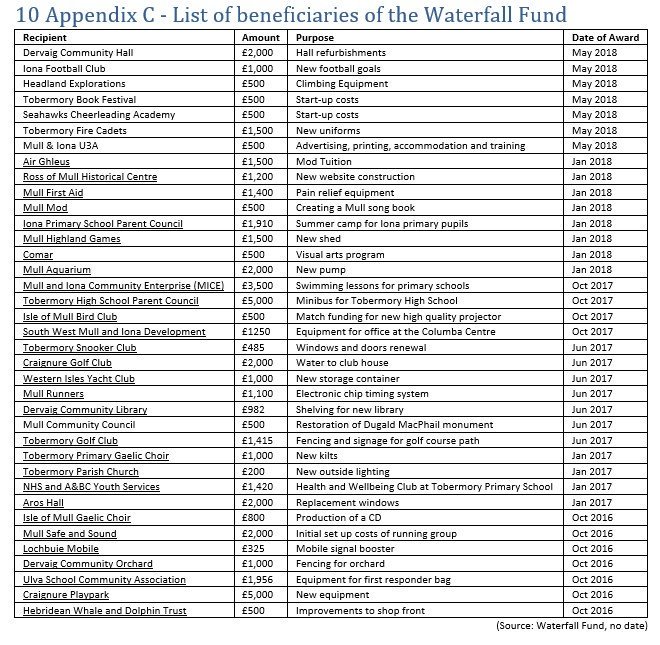Not seeing how. No matter how cleverly one designs a system, one can't extract energy that isn't there to be had. In the Midwest, all that seems to be present, other than topsoil and water, is a lot of absence.
Solar? One would have to take a lot of otherwise valuable soil out of use. The Midwest IS NOT sunny - during most of the year (that time when we need heat to live) the sunlight is so weak that to use 400 film in photography is to waste it.
Waves? The Great Lakes see little more than ripples compared to the seas.
Dams? Hydroelectric? The land is flat. There is little potential energy for water to drop and lose.
Biomass? Let stuff ferment, burn the gas that results? That's just indirect solar. What one gains in the form of electricity one must give up in food production, at the long term expense of the fertility of one's own soil.
If the topsoil ends up mineral depleted, and rapidly eroding due to the loss of cover, that hardly seems like a sustainable arrangement to me.
Technology is not magic. It will not give us just whatever we want. If we forget that, posterity will curse us and with good reason.
The rest of the country is different, in differing ways. The Desert Southwest has far more sunlight, but far less water and far poorer soil.
That's real, extractable energy.
Ever get a sunburn in Southern California, before? Notice how quickly that happened? Far more watts / square meter there.
Here, yes. It's a practical choice.
Major earthquakes in our region seem to come about 400 years apart, and the last one was in the early 19th century.
* shrug * Too early to know.
"Not to mention we have the ability to build nuclear that runs on nuclear waste. Could be useful, no?"
Indeed - and locally, unlike solar power, it's practical.






